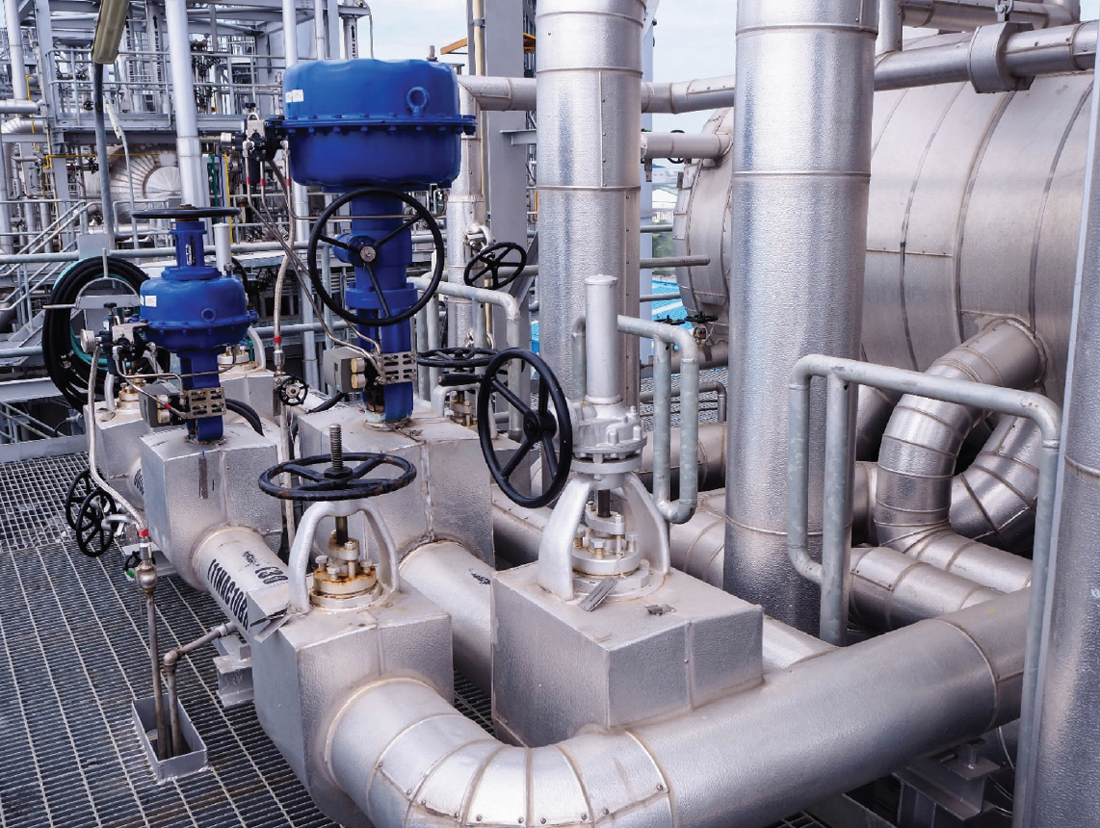Exploring the Performance of Modern Control Valves in Industrial Applications
Exploring the Performance of Modern Control Valves in Industrial Applications
Blog Article

Maximize Power Savings and Comfort With Advanced Building Automation Controls
In the realm of modern-day style and center monitoring, the integration of innovative structure automation controls stands as a critical innovation. By harnessing the power of automation, buildings can adjust, react, and develop in methods that were when unbelievable.
Energy Effectiveness Advantages
Energy efficiency advantages can considerably reduce energy consumption and functional costs in structures. Energy-efficient systems, such as innovative structure automation controls, can maximize the use of resources like illumination, air conditioning, and home heating, leading to reduced power expenditures over time.
Additionally, boosted energy effectiveness can lengthen the life-span of building devices and systems. By running more efficiently, a/c systems, lighting fixtures, and various other building parts experience much less wear and tear, leading to decreased maintenance and substitute costs. Furthermore, energy-efficient structures often regulate greater property worths and rental rates, supplying lasting financial benefits to proprietors.
Furthermore, energy efficiency can improve passenger convenience and performance. Effectively regulated indoor settings with optimum lights and thermal conditions create a more pleasant and conducive office, causing improved employee complete satisfaction and performance. On the whole, the energy efficiency benefits related to sophisticated structure automation controls are complex, encompassing price financial savings, ecological stewardship, and occupant health.
Improved Convenience Control
Enhancing comfort control in structure environments needs an innovative combination of innovative automation systems for optimum occupant wellness. By making use of advanced structure automation controls, facilities can tailor the indoor setting to fulfill the details demands and choices of owners. control valves.
Boosted convenience control surpasses standard temperature modifications. It includes features such as customized setups, occupancy sensing units, and natural light use to create a receptive and vibrant environment. By incorporating these sophisticated controls, buildings can not just boost comfort however additionally boost energy effectiveness by enhancing system operations based upon real occupancy and use patterns. Ultimately, focusing on resident convenience with advanced automation systems leads to an extra enjoyable and much healthier indoor environment.
Functional Performance Improvements

Furthermore, the execution of real-time tracking and analytics devices allows structure drivers to recognize power inefficiencies and functional abnormalities quickly. By continuously checking energy use patterns and system efficiency metrics, changes can be made in real-time to optimize energy intake and make sure peak operational effectiveness. control valves. In addition, including demand action strategies right into building automation controls can additionally improve functional performance by dynamically adjusting energy usage based upon grid conditions and pricing signals
Indoor Environment Optimization
Effective indoor environment optimization is a fundamental element of structure automation controls, making sure passengers' comfort and well-being while maximizing power savings. By utilizing advanced sensors and controls, building automation systems can constantly check and change temperature, humidity levels, air high quality, and ventilation to develop an ideal indoor atmosphere. Keeping regular and comfortable problems not just enhances occupant satisfaction however additionally increases productivity and general health.
Indoor climate optimization also plays a critical function in energy performance. By fine-tuning home heating, air flow, and air conditioning systems based on real-time data and occupancy patterns, developing automation controls can dramatically decrease power intake - control valves. For circumstances, applying techniques such as demand-controlled ventilation and thermal zoning can help lessen energy waste while making sure that each location of the building obtains the needed conditioning.

Sustainable Environment Development
Building automation manages not only enhance indoor environment conditions for power efficiency and passenger convenience however additionally lay the structure for developing a sustainable atmosphere via strategic monitoring of systems and sources. By integrating advanced building automation modern technologies, such as sensing units, actuators, and smart software application, facilities can adjust and keep an eye on energy usage in real-time to reduce waste and reduce their carbon footprint. These systems make it possible for predictive upkeep, determining potential problems before they escalate and maximizing tools performance to boost long life and efficiency.
In addition, sustainable atmosphere production expands beyond power management to encompass water preservation, waste decrease, and indoor air top quality renovation. Structure automation controls can regulate water use, discover leakages, and make certain correct waste disposal practices, adding to general sustainability efforts. Additionally, by managing and keeping an eye on air flow and purification systems, these modern technologies boost resident health and wellness and performance while reducing power intake connected with a/c procedures.
Verdict
In conclusion, advanced building automation manages offer substantial advantages in regards to power cost savings, convenience control, operational effectiveness, interior climate optimization, and developing a sustainable setting. By carrying out these controls, structures can achieve optimum performance while decreasing energy consumption and enhancing resident comfort. It appears that making use of innovative automation technology is critical in boosting structure efficiency and producing an extra sustainable future.
Energy efficiency benefits can significantly decrease energy usage and operational expenses in buildings. Overall, the power performance advantages connected with sophisticated structure automation controls are multifaceted, encompassing price savings, environmental stewardship, and owner wellness.
In addition, including need feedback techniques right into building automation controls can additionally enhance functional performance by dynamically adjusting power usage based on grid conditions and pricing click for more signals.
Building automation regulates not just optimize interior environment conditions for energy effectiveness and blog occupant convenience yet additionally lay the structure for producing a lasting environment through calculated management of sources and systems.In verdict, advanced building automation controls deal significant benefits in terms of energy savings, comfort control, functional effectiveness, interior climate optimization, and creating a sustainable environment.
Report this page